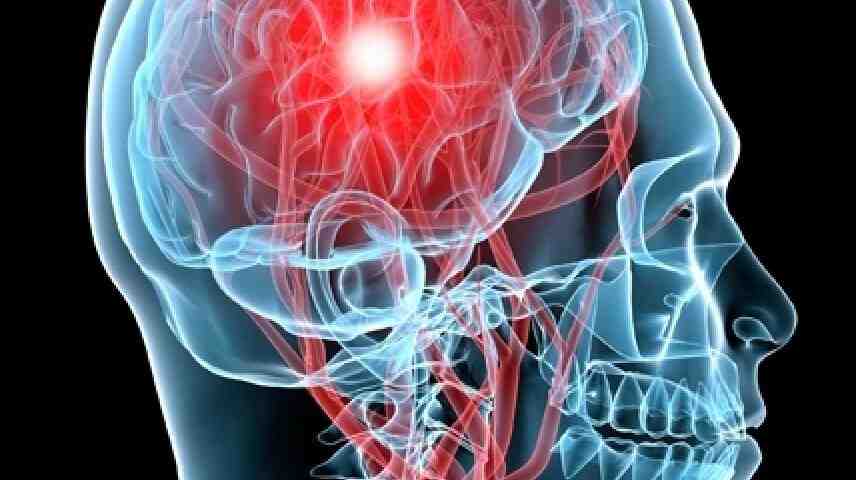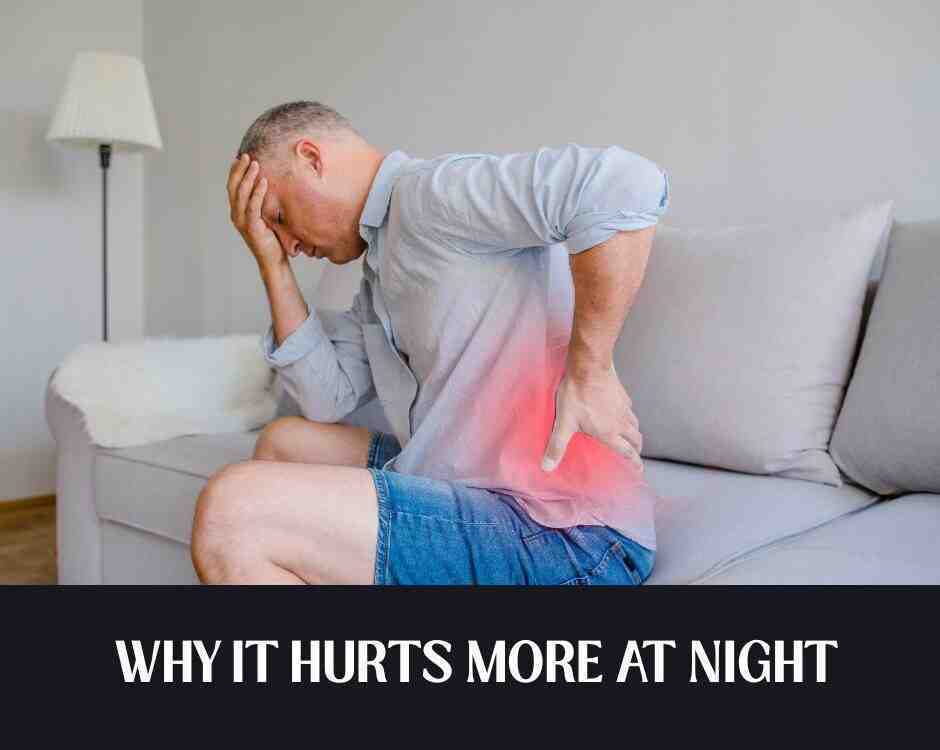What are 7 Common Concussion Myths?

What is Traumatic Brain Injury?
February 19, 2024
How Can Sleep Loss Lead to Diabetes?
February 26, 20247 Common Concussion Myths
A concussion is a type of traumatic brain injury (TBI) resulting from a forceful impact to the head or a hit to the body that causes the head and brain to move rapidly back and forth. This movement alters the shape of brain tissue, leading to stretching and damage of brain cells. The following chemical and metabolic changes within brain cells impair their function and communication. Although concussions are generally not life-threatening, their effects can have significant consequences and require the need for medical attention and appropriate treatment. Dr. Deryk Harting, an exemplary member of the Chambers Medical Group team, one of the highest rated auto injury medical organizations in the Tampa Bay area, discusses TBIs and the 7 common concussion myths.
TBIs, including concussions, contribute to approximately 3 million emergency department visits and hospitalizations annually in the United States. Falls constitute 48% of all TBI-related emergency department visits, while being struck by or against an object account for 17%. Concussions can result from various sources including motor vehicle accidents, physical altercations, sports participation, and blast exposure. Sports-related activities are a significant contributor and lead to an estimated 3.8 million concussions in the U.S. each year. However, the recognition and treatment of sports-related concussions is considered to be underdiagnosed with only a fraction being properly addressed by athletes, coaches, and parents. Concussions are not confined to competitions, but they can also occur during practice as well. A 2019 study reveals that 36% of high school sport concussions were diagnosed during practice. Teenagers are particularly vulnerable, with a CDC survey indicating that 2.5 million teenagers experienced a concussion in sports or recreational activities.
Several common misconceptions associated with concussions have carried on in modern day times. Some of these myths may be harmful as it can lead to improper treatment or undiagnosed injuries. Here are 7 common concussion myths:
Myth 1: Losing Consciousness is Necessary for a Concussion
Contrary to a prevalent myth, only about 10% of concussions involve loss of consciousness. Additionally, research from the University of Pittsburgh Medical Center reveals that losing consciousness does not necessarily correlate with the severity of the injury or the length of recovery.
Myth 2: Wearing a Helmet Can Prevent Concussions
Helmets should absolutely be worn during sports. In fact, it would be difficult to imagine playing football, hockey, riding a bicycle, or skiing/snowboarding without one. However, there is no helmet that can completely prevent a concussion from occurring. Helmets are designed to prevent major skull injuries but cannot prevent the brain from contacting the inside of the head.
Myth 3: Head Impact is Required for a Concussion
While media coverage often focuses on concussions in contact sports like football, they can also result from non-contact activities. Concussions may occur due to abrupt body impacts causing the head to shake, such as whiplash from a car crash or falling downstairs.
Myth 4: Keeping Concussion Patients Awake is Crucial
The belief that staying awake prevents potential coma or a fatal complication called lucid interval due to a brain bleed has been very pervasive. There is a rare association between concussions and internal brain bleeding so once an individual is cleared by a medical professional, it is safe for them to sleep. According to the Cleveland Clinic, sleep is beneficial for concussion recovery as it provides essential cognitive rest.
Myth 5: Football is The Most Common Cause of Concussion in Adolescents
In kids of all ages, concussions are actually most commonly caused by biking. According to the Brain Injury Research Institute the top 4 sports with the highest number of concussions are football, rugby, ice hockey, and soccer. Other organized sports that have high concussion rates are wrestling, lacrosse, cheerleading, softball, and baseball.
Myth 6: Returning to Play When Feeling Okay is Safe
Waiting for medical clearance is crucial before returning to play because symptoms might take up to a week to surface. Physical readiness does not guarantee mental recovery. Premature return may lead to other complications like post-concussion syndrome, post-traumatic headaches, or second-impact syndrome where a second concussion occurs before healing from the first. Seeking professional evaluation and clearance is key to preventing potentially poor or even fatal outcomes.
Myth 7: If No Immediate Symptoms, Then No Concussion
Symptoms may not present immediately with some appearing hours, days, or even a week after injury. Early signs like confusion, headache, and dizziness can be followed by delayed symptoms such as sensitivity to light and noise, irritability, sleep difficulties, fatigue, and depression.
Education and awareness are crucial for preventing concussions in young athletes. Coaches, parents, players, officials, school administrators, and teachers should be informed about concussion signs and symptoms if an injured player requires medical evaluation. Enforcing rules, teaching proper techniques, and adopting statewide regulations have reduced concussion rates. Developing a concussion protocol, following best practices, and ensuring medical supervision at youth sporting events are essential for risk management.
— This article is written by Deryk Harting, DC, one of the members of Chambers Medical Group’s team of car accident chiropractors who offer a variety of treatments and therapies ranging from diagnostic testing to various soft tissue therapies for car accidents and injuries in Florida.
–
Have you been in a car accident? If you or somebody you know has been in a car accident, be sure that you seek medical attention from a car accident doctor or car accident chiropractor to treat your injuries. Visit Chambers Medical Group to receive world-class medical treatment for your injuries.
Chambers Medical Group has car accident medical clinics in the following locations:
- Car Accident Medical Clinic in Tampa
- Car Accident Medical Clinic in Plant City
- Car Accident Medical Clinic in Brandon
- Car Accident Medical Clinic in Lakeland
- Car Accident Medical Clinic in Sarasota
- Car Accident Medical Clinic in Louisville
- Car Accident Medical Clinic in Lexington
- Car Accident Medical Clinic in Florence




